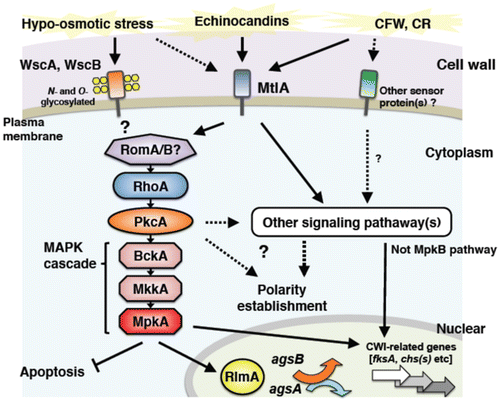Figures & data
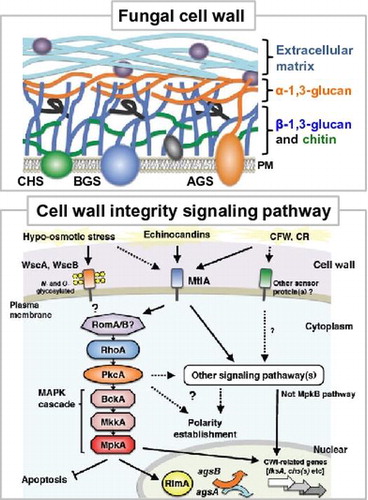
Fig. 1. Schematic illustration of cell wall architecture in Aspergillus species.
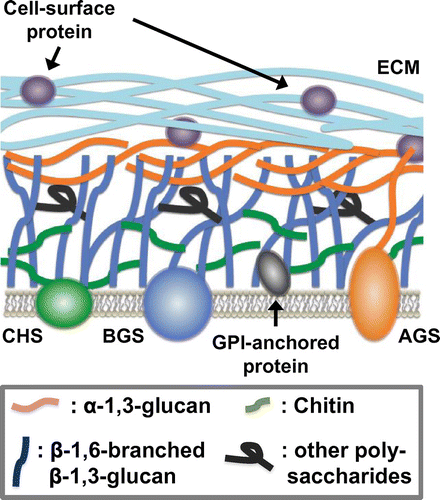
Fig. 2. Chemical structure of polysaccharides associated with fungal cell wall.
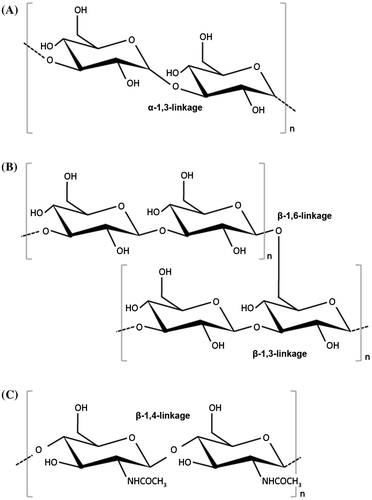
Fig. 3. Phylogenetic tree of α-1,3-glucan synthases (A), β-1,3-glucan synthases (B), and chitin synthases (C) in yeast and filamentous fungi.
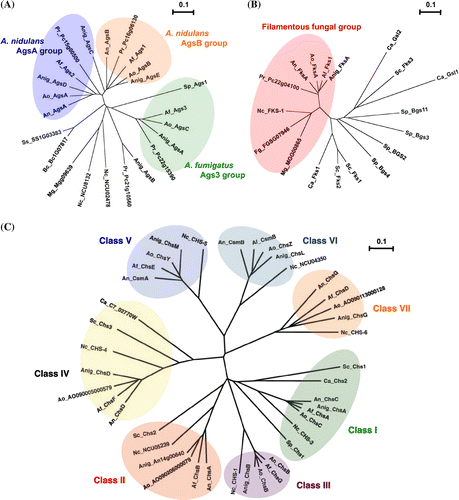
Fig. 4. Schematic model of cell wall stress signaling in A. nidulans.
